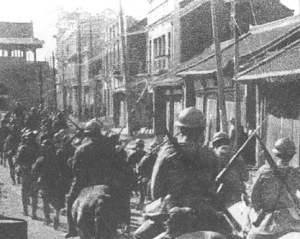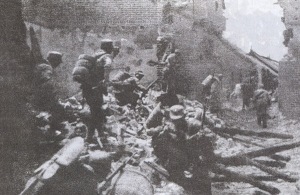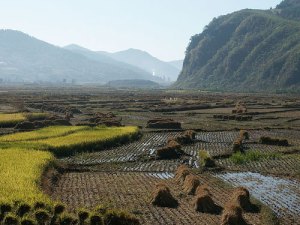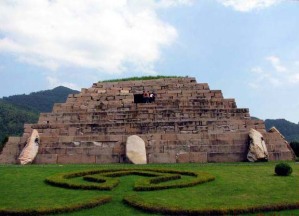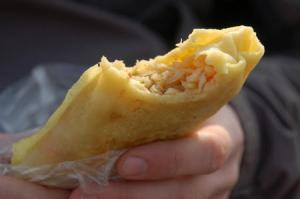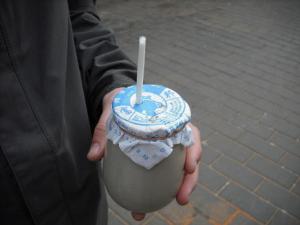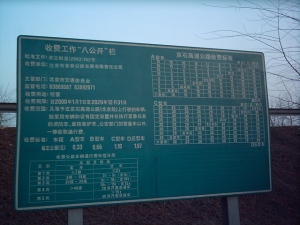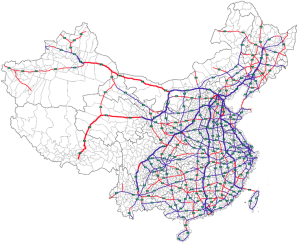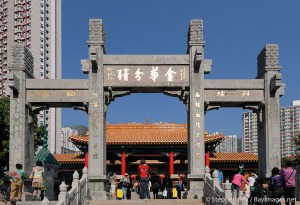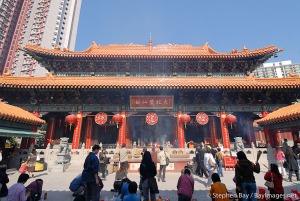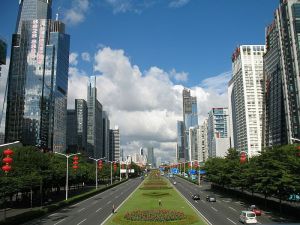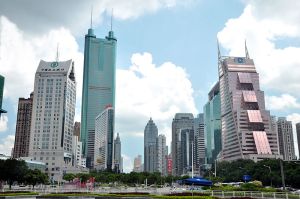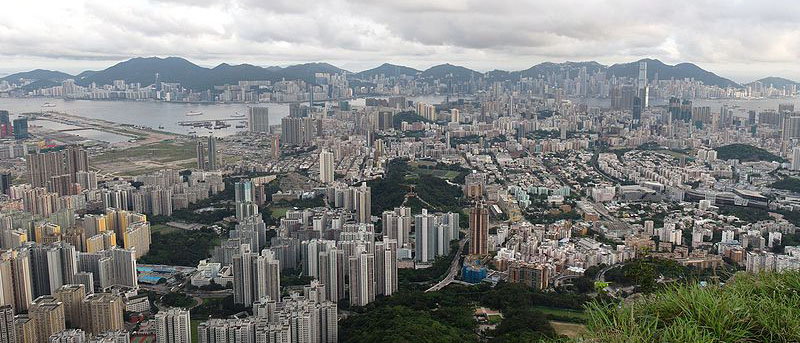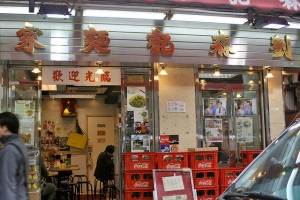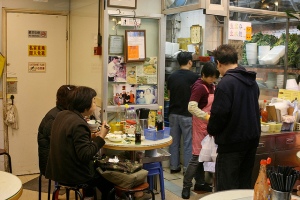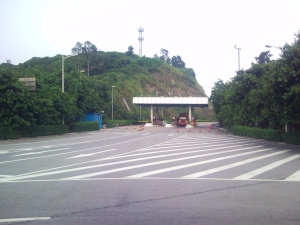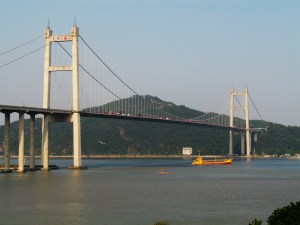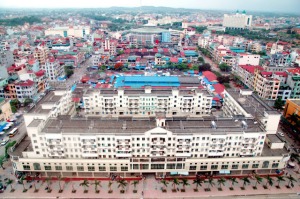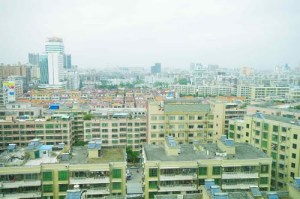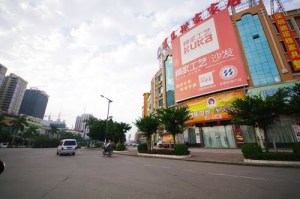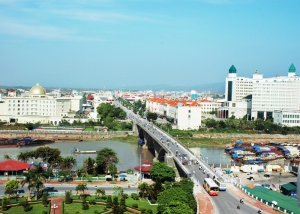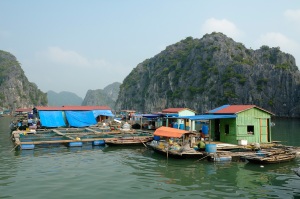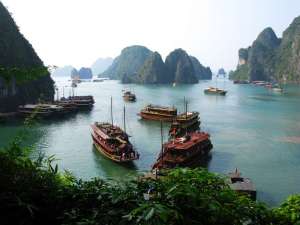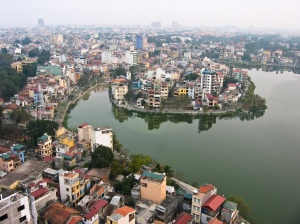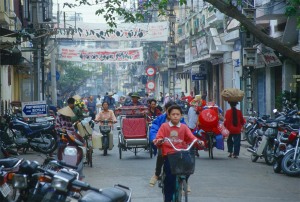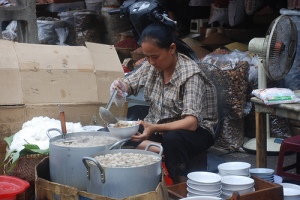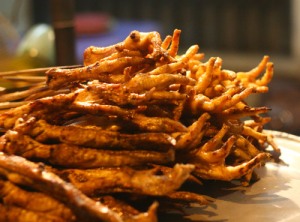It’s a long slog today going east to Shanghai, where I will meet the East China Sea. My last couple of days have been a history-fest on the dynastic past of this great nation, but I have had many conversations over the years with people who see the Chinese as the same as the Japanese, but that is so wrong in so many ways. As a small child, I recall watching boys emulating the only difference they could see, where the eyelids go up or down. Their environmental difference is probably more central asia-based than anything else. But being such a huge country, and for much of its history a divided one, there are as much internal differences as there are ones from country to country.
The Chinese have had many battles with invading Japanese armies, including during the Second World War. It’s worth noting that the second Sino-Japanese war was began in 1937, (Yes, there was a First, but the Japanese do not officially recognise it as being related.) two years before Britain declared war on Germany. As I near Shanghai, I find myself in the centre of an area that has seen many invasions by Japanese forces over the centuries. Both Sino-Japanese wars were largely due to Japan issuing the Twenty-One demands in 1915. This was all about wrestling more political and trade privileges form China. Needless to say, China were not pleased. What was really interesting, it that the Chinese were partly suported by Germany, the Soviet Union and even the United States. This all changed on December 7th 1941, when the Japanese forces attacked Pearl Harbor.
The G60 expressway takes me along the river plain with mountains to both sides. I pass through Shangrao and onto Quzhou along the Qu river, the large agricultural plain running either side. I will be following this river all the way to Hangzhou. To the south is the Xianxia Ling mountain range, and to the west are the Yu mountains.
According to Google maps this route should have taken just about eight hours, but with a few stops and a restricted top speed, It actually takes nearly ten hours. I have ‘booked’ a room in the Merchant Marco Hotel, which is pretty central and near the fabulous Xihu lake. I’ll take a look at this in the morning. I am just a couple of hours from Shanghai, where I will organise my most taxing stage of this trip. Across the Pacific. For now, I will get something to eat and take a well earned rest.

